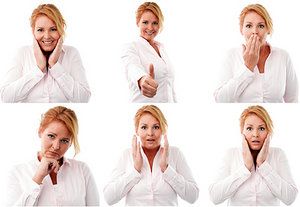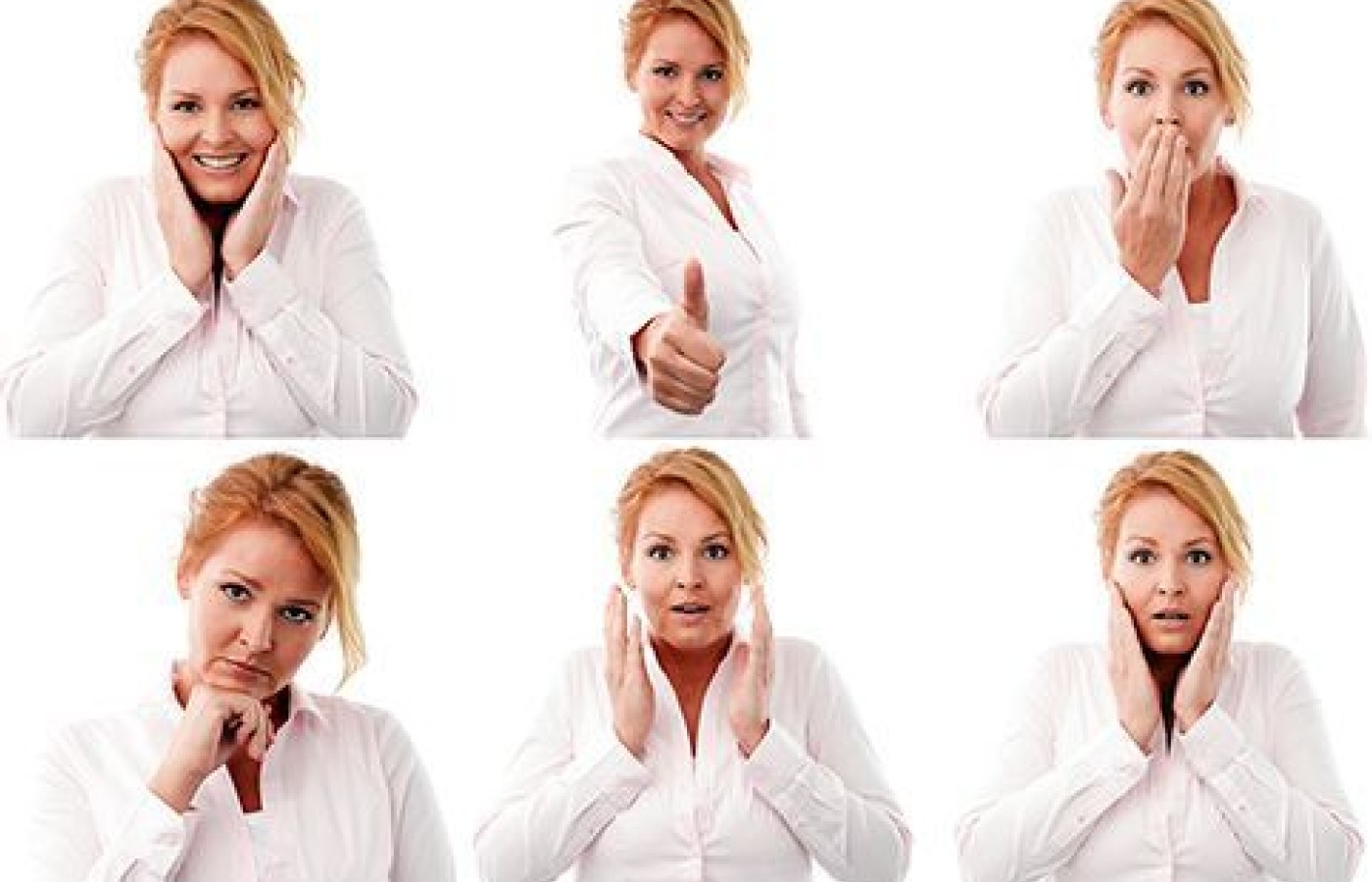Whether you accept it, avoid it or live somewhere in between, insurance coverage has become a defining issue for our profession. Patients increasingly expect to use their benefits, practitioners want to be compensated fairly for their time and expertise, and the system itself remains – at best – fragmented. The encouraging news is that coverage has expanded in meaningful ways. The challenging news is that reimbursement, across the board, remains inadequate.
Facial Rejuvenation: The Key to Exceptional Results
Acupuncturists make the best detectives. I know this first hand because I'm an acupuncturist and a private investigator and in both professions, there is a need to dig deep to solve the mystery. For the acupuncturist, the mystery is to find the yin within the yang and the yang within the yin.
In Chinese medicine, there is an intimate relationship between the five basic or primary emotions (joy, worry, sadness, fear and anger) and the internal organs. But, there is a far broader range of feelings, moods and passions within this range that give us dimension and subtlety for expressing ourselves. Emotions affecting the liver may run the spectrum from rage, anger, contempt, dismay or simply annoyance. Emotions affecting the heart may range from despair, serenity, optimism, joy to hysteria.
Oriental medicine has always relied on facial diagnosis; the shape and size of the face, the proportions of the features, the locations of colors, lines and wrinkles. But, to excel in our facial rejuvenation practice, it is necessary to pay special attention to the movement of the muscles causing facial expressions for this is the key to exceptional results. The eyebrows raise in surprise and disbelief. They lower in distress, puzzlement, sadness and anger. The nostrils flare in excitement, arousal, disdain and disgust. The mouth stretches in fear, grimacing and laughter. The lips open in joy and laughter, compress in worry and anger, and purse in mental disagreement. The jaw drops in surprise, amazement and disbelief. A true smile lasts about two-thirds of a second. A false smile stays too long like a guest lingering after a dinner party. The real expression of surprise with eyebrows raised, eyes widened and jaw dropped lasts a second. Anything longer is not real.

All of our feelings, attitudes, moods and passions are displayed by our facial expressions. It is our facial expressions controlled by muscles working singly or in conjunction with one another that allow for this very important non-verbal form of communication. And although expressions may be voluntary most are involuntary because emotions and facial expressions are so closely tied to each other.
To the trained eye, our feelings betray us all the time with micro-expressions hidden feeling that flash across our face an instant before we present a smile or neutral expression. For example, you meet someone who you find very unattractive. The trained eye will detect the upper lip beginning to curl ever so slightly in an expression of disgust an instant before we smile or present a neutral expression. Or, someone insults you. The trained eye will note the slightest hint of our lips compressing in controlled anger an instant before a neutral expression or smile is placed on the face.
The movement of the skin due to muscle contractions produces bags, pouches, folds and wrinkling between the muscle and its attachments as well as flattening, stretching, bunching and pulling in other areas. Lines, wrinkles and folds have distinctive and recognizable "facial signatures" for a particular facial expression. The naso-labial fold deepens in smiling and sneering. Horizontal lines form on the forehead from worry. Radiating lines appear around the eyes from smiling. Vertical lines, appear above the lip from tensing the mouth. Bulges and line appear below the corner of the lips from widening the mouth and grimacing from pain or fear.
In 1872, Darwin wrote that our basic emotions are innate and universal from culture to culture. Our emotions are wired into our nervous system something like a cat's meow and a dog's bark. Researchers agree that our primary emotions are universal but propose that although our emotions are innate, there are "cultural display rules" that are learned in childhood that are specific to their culture and have a very definite use like symbols in a language.
An acquaintance of mine visited Thailand many years ago. He was standing on a bus in heavy traffic. The bus stopped short and he stepped very hard on the foot of a Thai woman standing next to him. He braced himself for a harsh response but she smiled as tears filled her eyes. In Thailand, smiling is a cultural display rule used to buffer and avoid conflict and confrontation.
Researchers specializing in culture and facial expressions looked at the levels of control exerted over different emotions across different cultures. Cultures that value getting along and fitting in such as in Japan and China mask their negative feeling but only do so in public. Western cultures valuing independence and autonomy openly display negative emotions. Cultures that value emotional control like Russia express feeling with their eyes while Western cultures valuing expression of feelings expressions display emotions readily with their mouth. The same study uncovered significant differences between the sexes. Men are more likely to hide surprise and fear. Women are more likely to hide disgust, contempt and anger.
In 1972, two psychologists, Paul Ekmund and W. Freison, categorized the effects of facial muscles working singly and in conjunction with each other and how they alter and change the appearance of the face. They examined videotapes of facial behavior and painstakingly reproduced the expressions measuring the depth and strength of the contractions to differentiate how the muscle performs. The result is an elaborate training manual called The Facial Action Coding System. It is used by many professionals such as movie animators, psychologists, law enforcement and yours truly in my facial rejuvenation practice.
Expression are so transient and fleeting that it is not always possible to grasp the sum total of all their distinctive features. Practice detecting micro-expressions, the yin within the yang and glimpse future lines, wrinkles and folds. This is an opportunity to go beyond basic facial rejuvenation protocols and do real preventative work.



